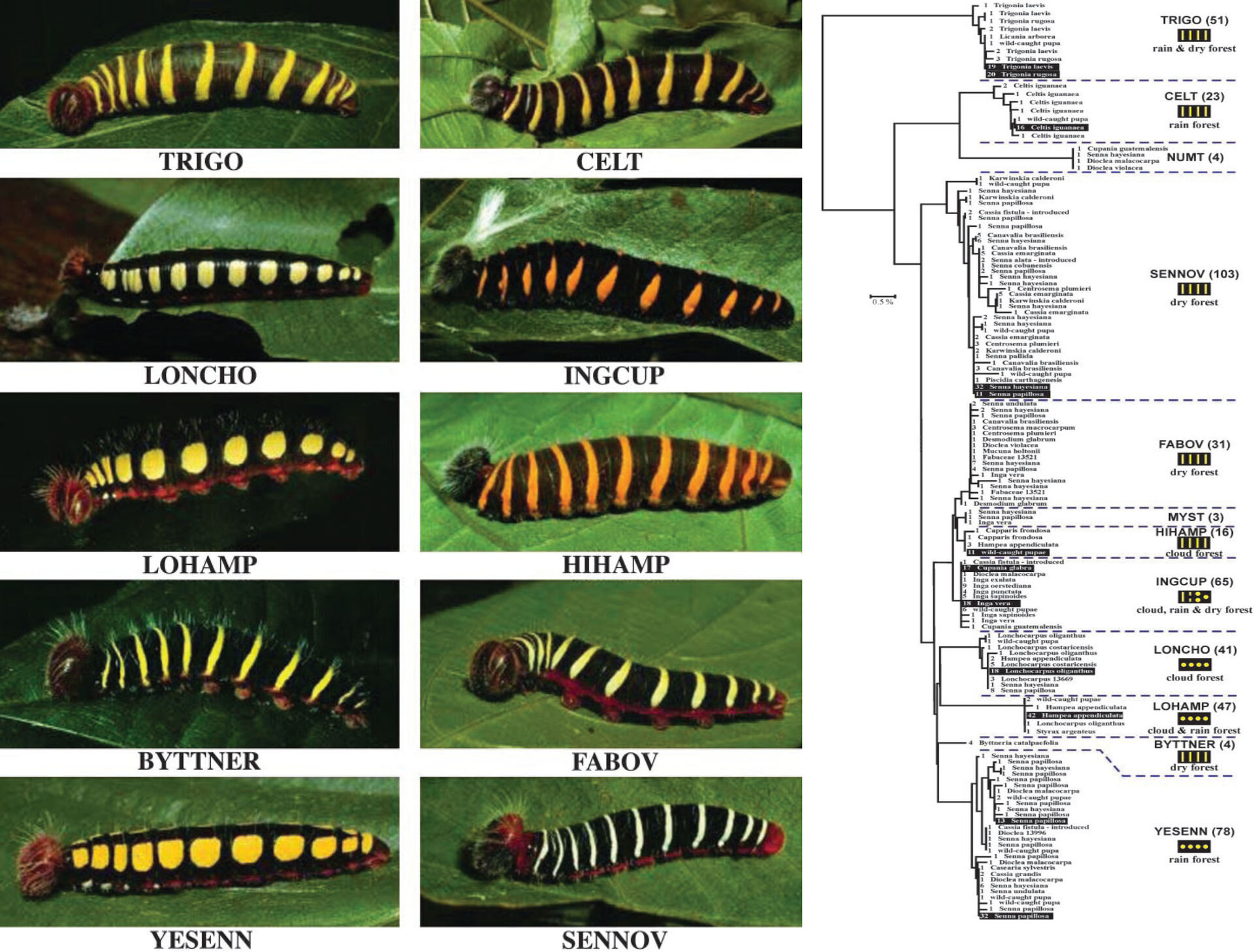Brief description of the project.Recently it has been shown that in most groups of animals, including insects, interspecific variation in DNA sequences of some genes is much higher than intraspecific. This provides an opportunity to use DNA sequences for species identification. In animals, a fragment of the COI gene has been selected as the standard barcoding region. COI barcoding sequences can be used to discover cryptic species: closely related and similar morphologically, and, for this reason, overlooked by traditional morphology-based approaches. DNA barcodes can also be used to link different life stages, e.g. larvae (difficult to identify using morphology) and adults (easy to identify based on their morphology). This is particularly useful in situations where multiple species co-occur, or larvae are difficult to rear. Additionally, by barcoding samples from different populations one can reconstruct the Pleistocene history of species distribution, study the process of geographical speciation and address many other questions.
What you can learn and practice includes the following:
- DNA extraction, PCR and sequencing
- Phylogenetic analysis
- Field work: collecting specimens
- Search for morphological markers
- Use of databases
- Insect identification
- Use of research collection
The fields where you can apply your newly acquired experience:
- Evolutionary biology
- Biosystematics
- Biogeography
- Conservation and nature management
- Entomology
The project can be fine-tuned according to your interests. The best group to work on is, of course, beetles, but other insect groups are also a possibility. Geographic focus: flexible, ranging from Norway and the Palaearctic Region to the mountainous areas where we have ongoing research work, e.g., East Africa and the Appalachian Mountains. The results of your work will be publishable in top scientific journals.
